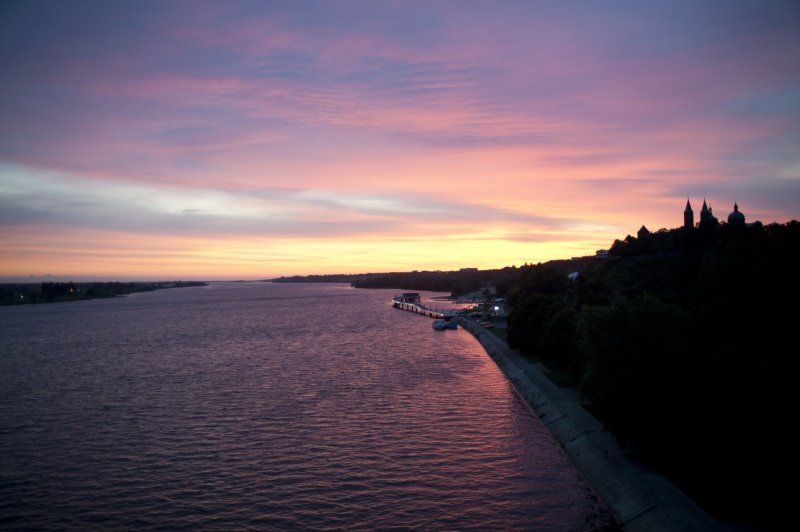
The area was important first to Pagan Slavic tribes, and later a fortification on Wzgórze Tumskie (En: Tumskie Hill) was erected here, overlooking the Vistula River, with a characteristic wooden fence (płot) in Polish being rumoured to be the origin of the city's name. Płock's importance was tied to the successful Piast Dynasty which ruled Poland from 960-1370 and within this time, the area flourished. A Benedictine monastery was established around 1009 (shortly after the Christianisation of Poland in 966 by King Mieszko I), which developed as a science and arts centre, and a diocese seat was created in 1075 making it an important centre of the Roman Catholic faith, leading to the building of Płock Cathedral (Cathedral of the Blessed Virgin Mary of Masovia, PL: Katedra Płocka - Bazylika katedralna Wniebowzięcia Najświętszej Maryi Panny w Płocku), completed in 1144. Following the death of King Władysław Krzywousty III (Władysław Wrymouth III) in 1138, the town became the capital of the district, then of the Principality, and eventually the seat of the Masovian dukes. Duke Konrad Mazowiecki granted town rights to the settlement in 1237. The Castle of the Masovian Dukes in Płock (PL: Zamek książąt mazowieckich w Płocku) was completed in 1351 in the Gothic architectural style under the reign of the last King of the Piast Dynasty, Kazimierz III Wielki (Casimir III the Great, 1310–1370) and served as a stronghold of the Masovian Dukes until the 15th century. The area prospered for a time, right up until a series of invasions, fires, epidemics, and the devastating Swedish Deluge of 1655-60 led to a decline in the city's population and political importance, followed by its fate being linked to the partions of Poland and the struggles for independence.
Today, Płock is a relatively small city with a population of 119,425, with its economy predominantly linked to Poland's largest oil refinery (served by a pipeline running from Russia to Germany) built in 1960 and the HQ of its parent company PKN Orlen. A fairly modern city, it has the usual establishments that warrant the 'city' title, from seats of education, cultural institutes, football and handball sports teams (both called Wisła Płock), a sports and exhibition centre in the form of Orlen Arena, and of course, shopping malls.
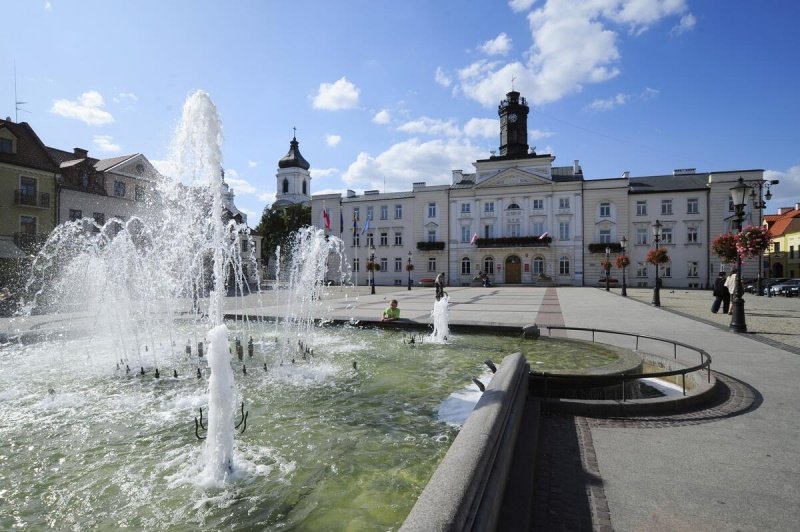
For any visitors, the main attractions are centred around the old town area near the river, which is where we recommend you go, from where everything is within walking distance. Follow the main pedestrianised street of ul. Tumska to the oldest street in the city, ul. Grodzka, which leads to the centrepiece of the old town area: Stary Rynek (old market square), with the impressive Ratusz (city hall) at one end, with its clock tower from where everyday at 12:00, the Hejnał (trumpet call) is played, accompanied by mechanical statuettes. The remaining sides of the main square contain a whole host of cafes and restaurants to chill out in. For history buffs, if our brief breakdown of the city's history doesn't satisfy your thirst for knowledge, no problem, there are a number of local museums to visit while you're here: The Masovian Museum on ul. Tumska 8 provides an in-depth history of the city and the Masovian region and its importance in Polish history. The Diocese Museum on ul. Tumska 3A expands on the city's importance in the Polish Catholic faith, and finally, the Museum of Masovian Jews on ul. Józefa Kwiatka 7 documents the once thriving Jewish community in Płock and Masovia, stretching from the 14th century right up to the community's demise in the Holocaust.
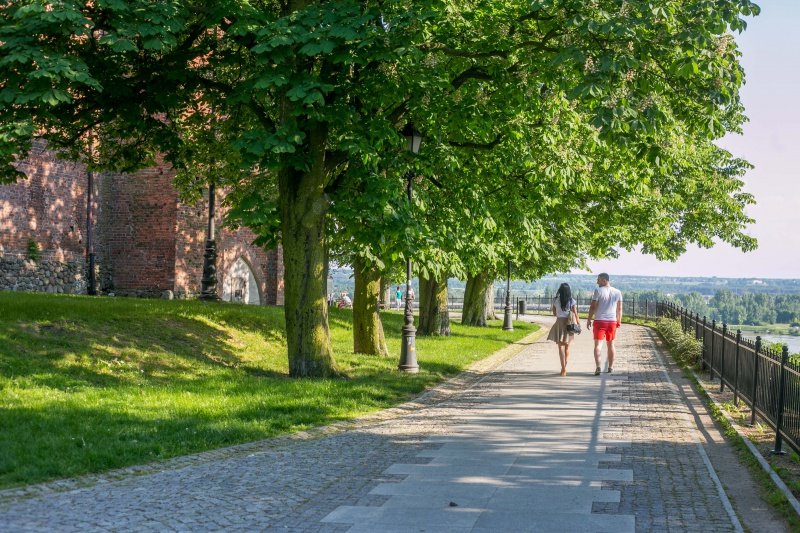
If museums and history are a bit too heavy for you, and you're in town to simply sightsee and seek out some leisurely pursuits, then the area around Tumskie Hill (Wzgórze Tumskie) is definitely the place to go. The walk through the park area, running parallel to the Vistula River is charming in itself and provides great views of the length of the river below, the boulevards, pier, amphitheatre, beach area, the Legions of Marshal Józef Piłsudski road-rail bridge (Most im. Legionów Marszałka Józefa Piłsudskiego) constructed in 1938, and for those of you with hawk eyes, the Solidarity Bridge (Most Solidarnośći), opened in 2007. Walking through the park, you'll instantly see the impressive towers of the Castle of the Masovian Dukes in Płock and the Płock Cathedral peering over the hill down towards the river. The cathedral is particularly worth a visit, being one of the oldest buildings in the city (and one of the 5 oldest cathedrals in Poland), but also the burial site of two Polish Kings - Władysław I Herman (1044-1102) and his son Bolesław III Krzywousty (Wrymouth, 1086-1138) - whose tombs can be visited inside.
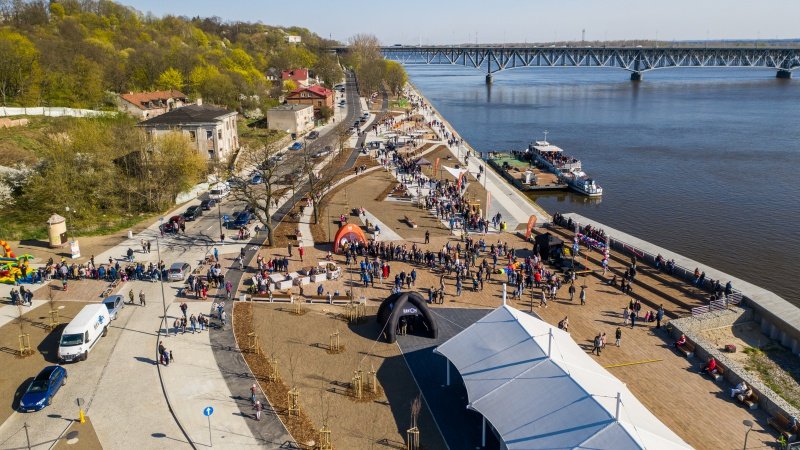
Leaving the hilltop area, heading down to Bulwary Wiślane (Vistulan Boulevard) is a pleasant excuse for a walk or a bike ride (a Nextbike city service is available, which you can use if you have an account in any other Polish city, or create one on the spot at any bike station). The pier and accompanying marina, completed in 2010, allow you to get closer to the water, if being a landlubber is not enough for you. A cafe at the end will reward you with some ice cream! back on land, choose to go to the beach area to the west, or head east to nearby Płock Zoo (ul. Norbertańska 2) which houses 3,500 animals!
Whether you choose to visit the city as a history enthusiast or simply wish to explore what's beyond Warsaw, the city of Płock is certainly worth a day trip - more than enough time to see all the main sites.
To get there using public transport from Warsaw, you will need to take a bus from Warsaw West Main Bus Station, from where you have a choice of using a public PKS bus (going to Płock, journey time 1h 45mins) or private bus company (Eko Bus, 55mins). We recommend you check the fantastic e-podróżnik site for all bus times to be able to plan your journey in confidence.



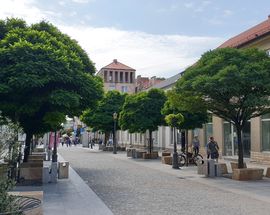

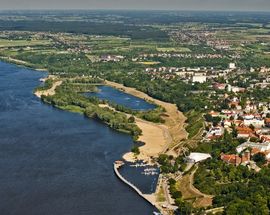
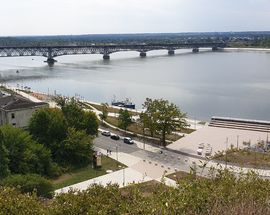



Comments